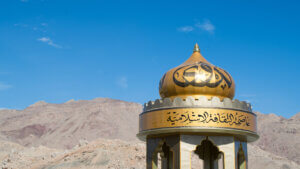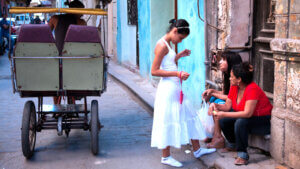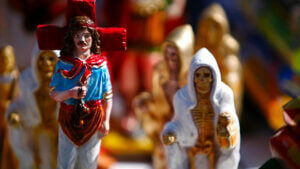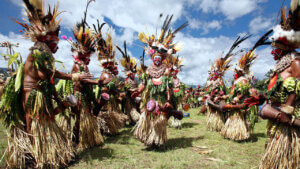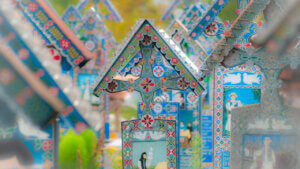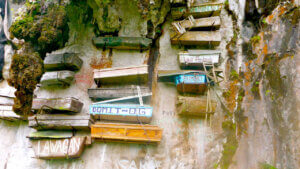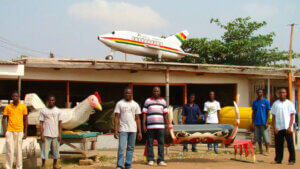Japan
Suicides & Shinto Funeral Rites
Introduction
The land of the rising sun, as Japan often is referred to, has a particular relationship with death. For example, the Japanese often have historically and culturally a tolerant approach to suicides. We are not only referring to the famous samurais committing hara kiri, but also modern suicides practices. That includes suicides packs and the existence of the suicide forest of Aokigahara. With this article we discuss all that but also focus on the different concepts of death the Japanese use. Moreover, we discuss how Buddhism and Shinto traditions influence contemporary funerals. Finally, we visit the Blue Zone of Okinawa to learn more about its secrets for a longer life.
Suicides in Japan
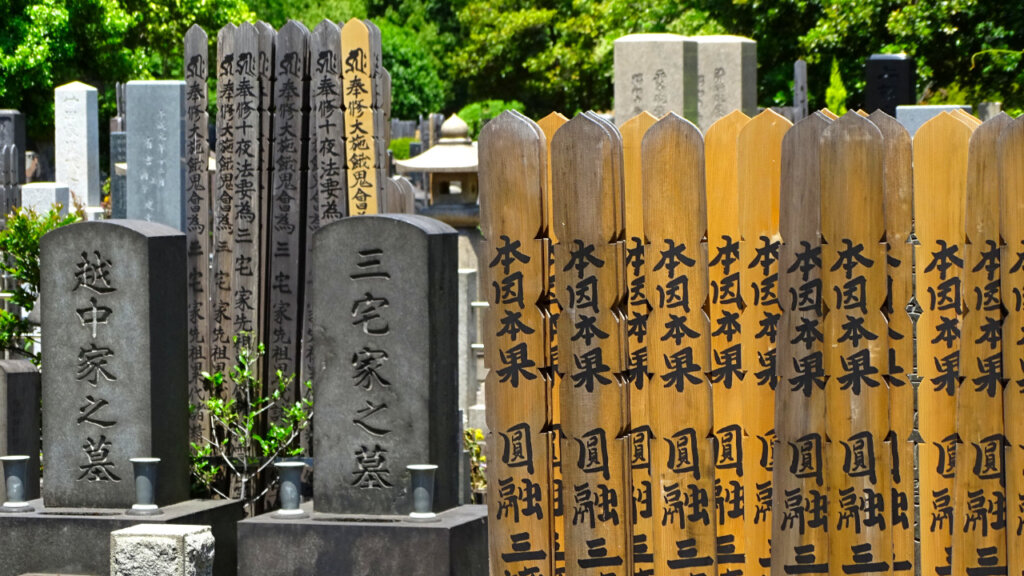
Japan has a famously complicated relationship with suicide, both historically but also culturally and socially. Most Japanese see jisatsu (suicide, 自殺) as a dominant issue in Japanese society. And the numbers agree too. In 2017 Japan had a suicide rate of 14,9 per 100.000 people. Two years after that, Japan was second of all G7 countries in terms of suicide rate. Between the Asian financial crisis of 1997 and 2003 suicides in Japan were steadily on the rise. Finally in 2019 the lowest suicide rates since 1979 were recorded in Japan. Unfortunately that was not meant to last long, since due to the 2020 pandemic these rates are increasing again.
It is also perhaps worth mentioning that 70% of suicides in Japan are male. Suicide is also the leading cause of death among young men (20-44). Additionally, specific kinds of suicide were, and to an extent still are, seen as noble and righteous. This sense of honor of suicide was particularly present in military settings. For instance, the Japanese Empire of WWII used notorious kamikaze and banzai attacks. On top of these suicide attacks, Japanese soldiers preferred suicides over captivity by the Allied Forces. However, the complicated history of suicide in the Japanese society is much older than that.
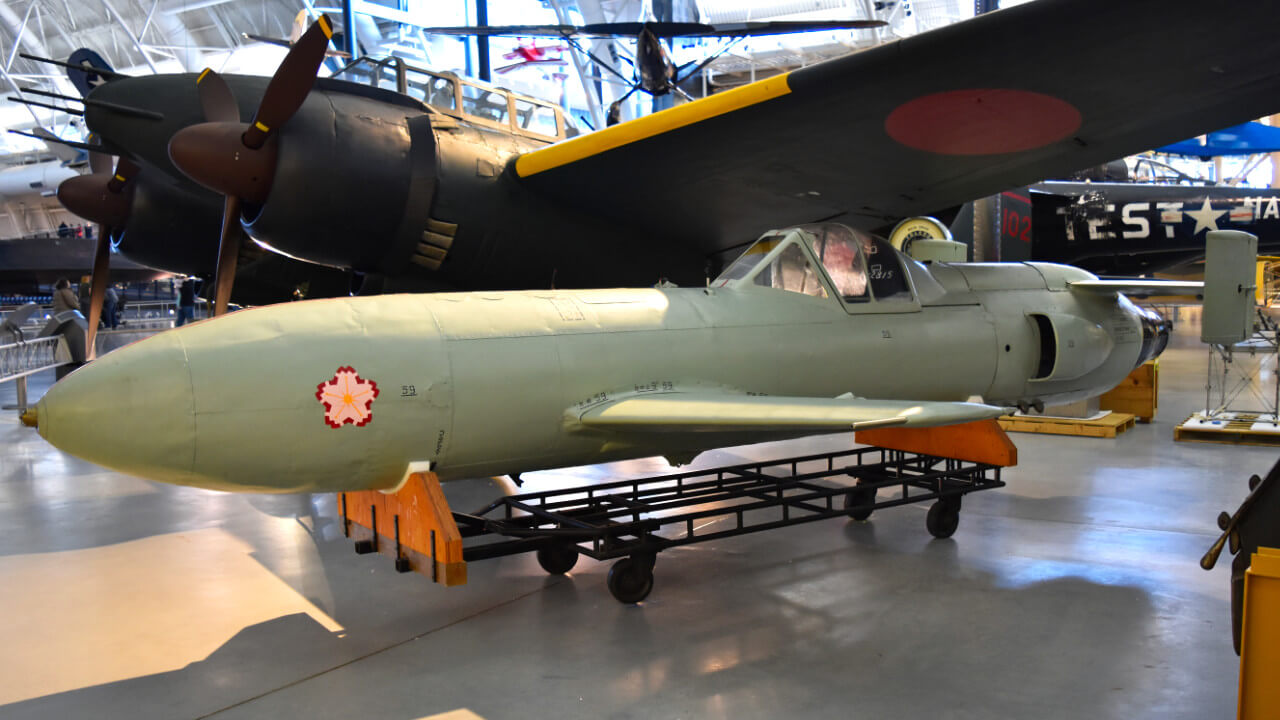
History of Suicides in Japan
The sense of honor in suicide can be traced back to feudal Japan. For example, the samurai warriors often committed ‘seppuku’, in case they failed their duties in the battlefield. Seppuku was their way of showing how important honor was to them as warriors. It meant, though, that a disgraced samurai had to stab himself in the stomach with a sword.
On a practical level, this way the samurai avoided torture by the enemy. However, in a spiritual way it meant he could release his spirit with honor. The alternative was to get murdered by the enemy which would have terrible consequences for his soul. Seppuku suicides are also known as hara kiri which directly translates to belly cutting. In 2007 after a financial scandal, minister Toshikatsu Matsuoka of the Japanese government committed suicide to protect his honor. This act made Shintaro Ishihara, former Tokyo governor, call Matsuoka “a true samurai”.
Another reason that suicides were more or less tolerated in Japanese society was amae. This refers to the sociocultural need to conform and to be accepted by others within one’s community. In other words, Japanese could assign a lot of meaning to their relationship with others, focusing less on individualistic ideas. As a result however, if a person had damaged or non existing social relationships they were more likely to commit suicide.
Shinjū: Suicide Packs
The sense of morality and honor of suicide we discuss above is not present in every form of suicide though. Moreover, Japan began to view these killings as a worrying problem particularly with the rise of the internet. The easy online connections people could form meant that suicide websites started to pop up fast. As a result, so did online suicide packs, or shinjū.
These packs took place between strangers on digital forums. Members of these suicide packs aimed to kill themselves with the same method, at the same time. On one hand, examples of group suicides already existed in Japanese history. However, on the other hand, members of these traditional shinjū were related or lovers. In Japanese tradition, a case of murder-suicide (as a westerner would call it) was also seen as shinjū. Therefore, online packs were very different from traditional notions of shinjū.
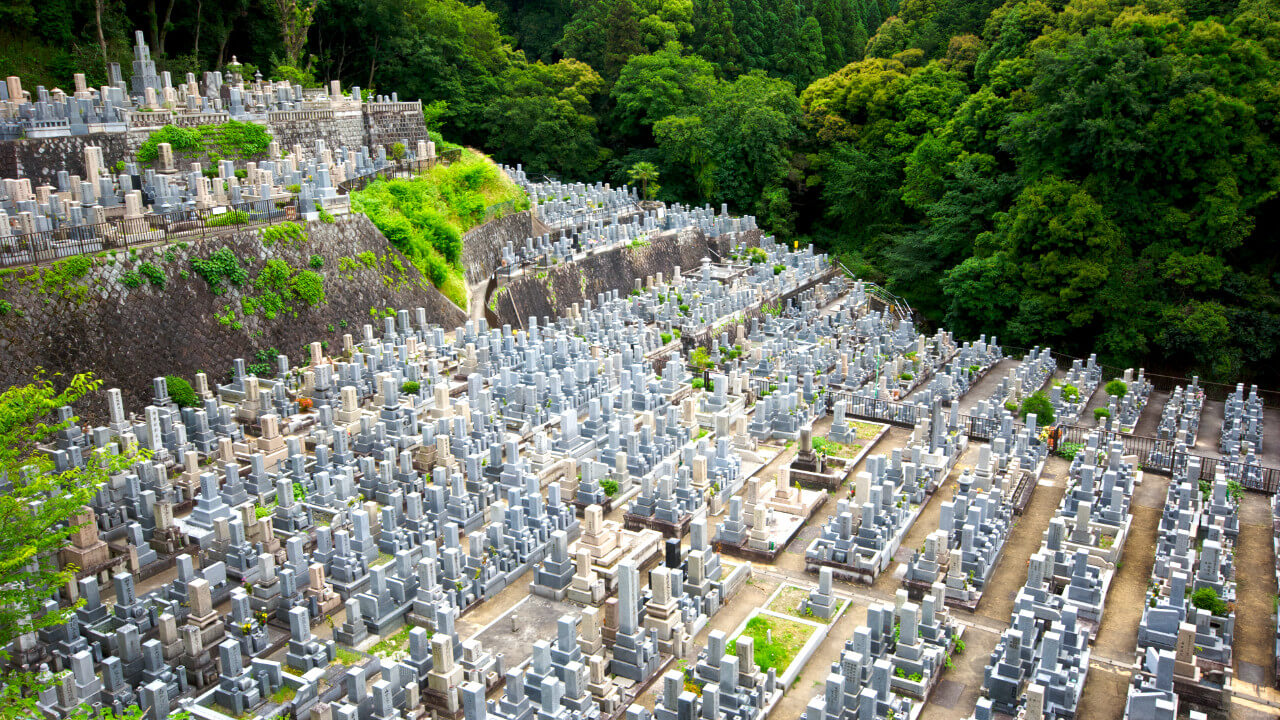
Media & Social Reception of Shinjū
As a result, Japanese media depict digital shinjū as different from its traditional, intimate counterpart. Online suicide packs also never obtained the tolerance or sense of honor that seppuku had. News outlets often describe these packs as impulsive and nonsensical since they lack the sense of honor present in other forms of suicide. It is worth saying though, that research on these online packs revealed that many of these individuals were lonely and lacked ikigai. Ikigai refers to a reason for being, a purpose in life.
Interestingly, Japanese authorities and civilians often do not see the rise of shinjū, and suicides in general, as a public health problem. Instead, they consider it a social issue, a result of individuals being inadequately or poorly adjusted to social norms. We need to also stress the social stigma that comes with suicide, and largely with any mental health issue in Japan. Due to all these issues, Japanese governments have launched multiple campaigns to tackle the issue.
Aokigahara: The Suicide Forest
Perhaps the most famous suicide site in Japan is no other that the Aokigahara forest. The name literally translates to Sea of Trees and accurately describes the vast woods located at the foot of Mount Fuji. It is not the natural beauty of the forest that makes it world famous though but its popularity as a suicide spot. This is also why the forest is often referred to as the suicide forest.
Aokigahara has reached such levels of international infamy that the authorities stopped publishing data on the forest’s suicides. This way they were aiming to decrease the reputation of the forest as a suicide site. Additionally, the placed anti-suicide signs close by the forest in order to demotivate people from making an attempt.
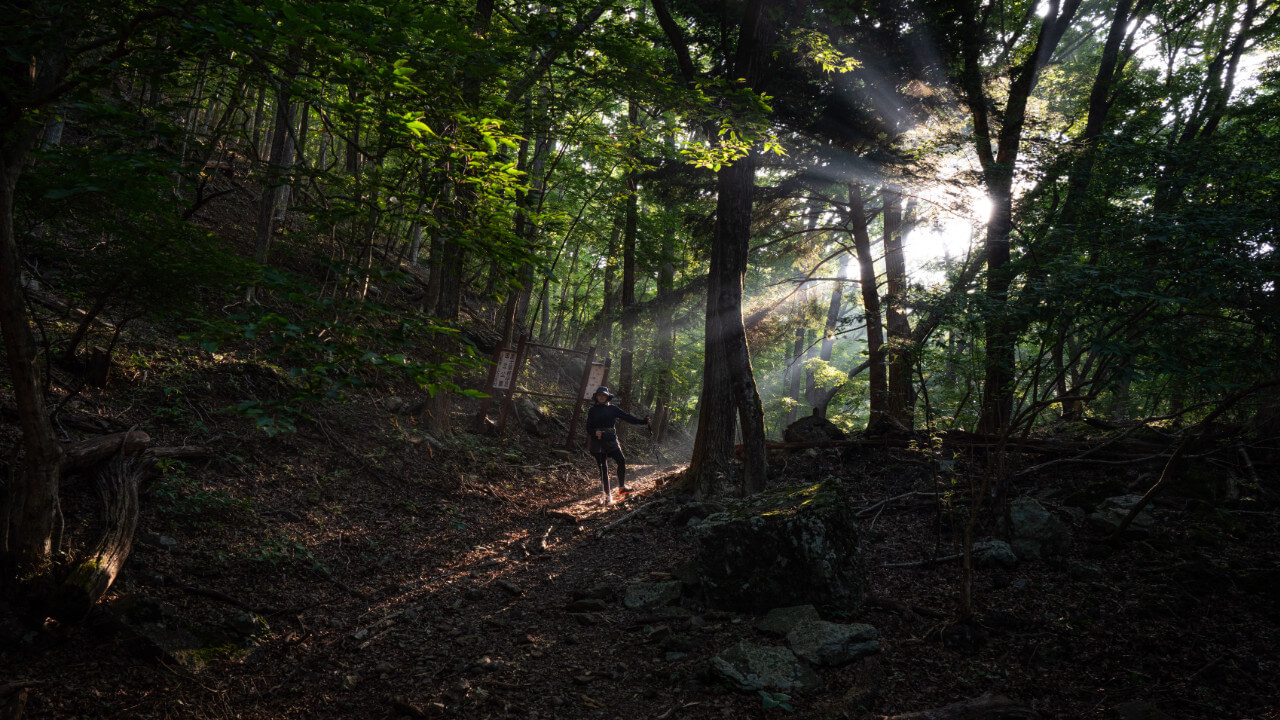
Aokigahara’s Popularity
Again, numbers do not lie: Local authorities found a shocking record number of 78 bodies in 2002. This dark record was broken already the year after when locals retrieved 105 bodies. All these deaths were a result of suicide. Additionally, the police stated that over 200 people attempted suicide in 2010, with 54 actually dying. Another interesting statistic is that most suicides take place around March since that is the end of the fiscal year. Moreover, most people killing themselves in the forest do so by hanging or overdosing with drugs.
But why is the forest so popular among people wanting to commit suicide? To an extent, most highlight the role of Nami no Tō (Tower of Waves, 1961). This was a novel by Seichō Matsumoto who described the story of a woman who ended up taking her life in the forest. According to some, Matsumoto romanticized the idea of committing suicide in Aokigahara. However, the death history of the forest goes even further back than that. Rumors of haunting by tormented spirits (yūrei) were already present. Additionally, 19th century Japanese locals may have followed an uncommon, and potentially controversial death practice in the forest called ubasute.
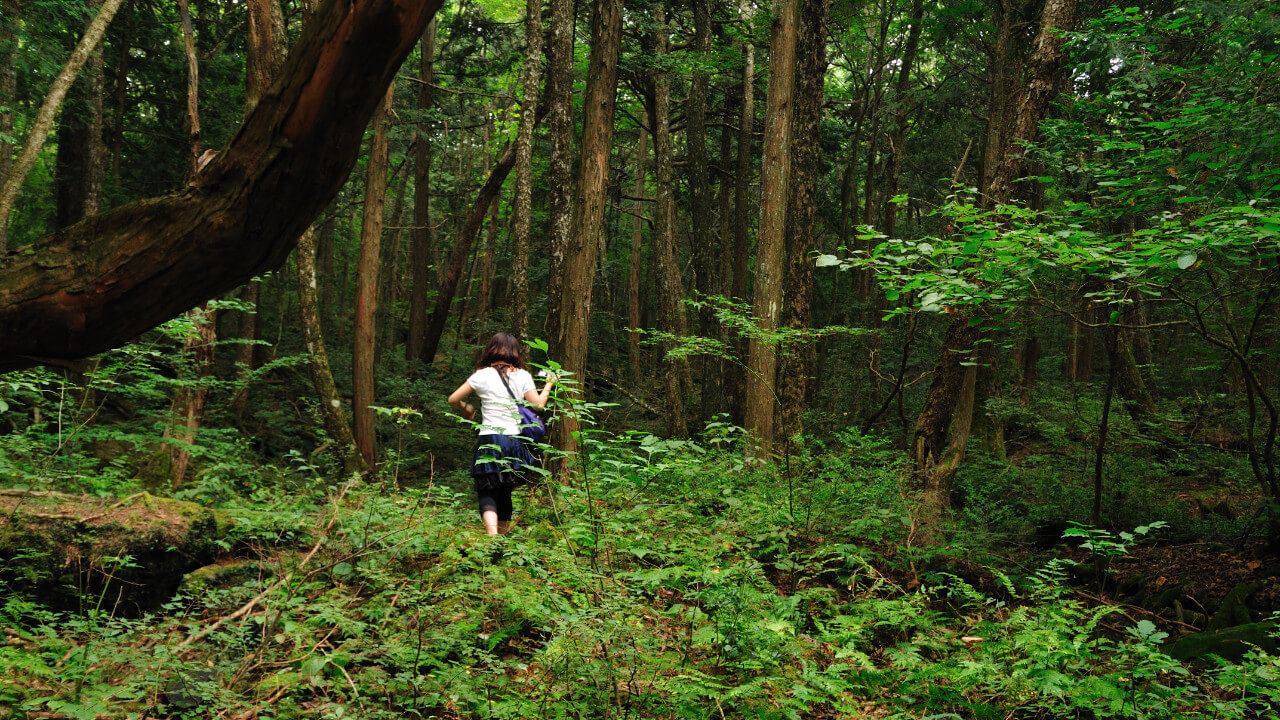
Types of death
Ubasute
Obasute or ubasute translates to abandoning an old woman. It is also known as oyasute which is the more gender neutral version of the word, meaning abandoning a parent. In any case, this refers to killing an elder person, often a relative or in other words senicide. It usually took place by abandoning the older person in a remote area, often a mountain or forest. This Japanese death practice was either just a legend or if real, extremely uncommon.
Interestingly there are additional words and concepts in the Japanese society and language that refer to specific unique death practices. In addition to ubasute, we discuss two more: karoshi and kodokushi.
Karoshi
Even if you do not recognize the word you probably have heard of employees dying in Japan of exhaustion. The Japanese acknowledged the severity of this phenomenon and created a specific word to describe these deaths. Karoshi, directly translates to overwork death and medically speaking it has been linked to strokes and heart attacks. Due to anxiety, malnutrition and lack of sleep, some Japanese workers weaken so intensely that they literally die. Additionally, karoshi functions as an umbrella term since it also includes work-related suicides. Any person committing such a suicide is referred to as a karōjisatsu.
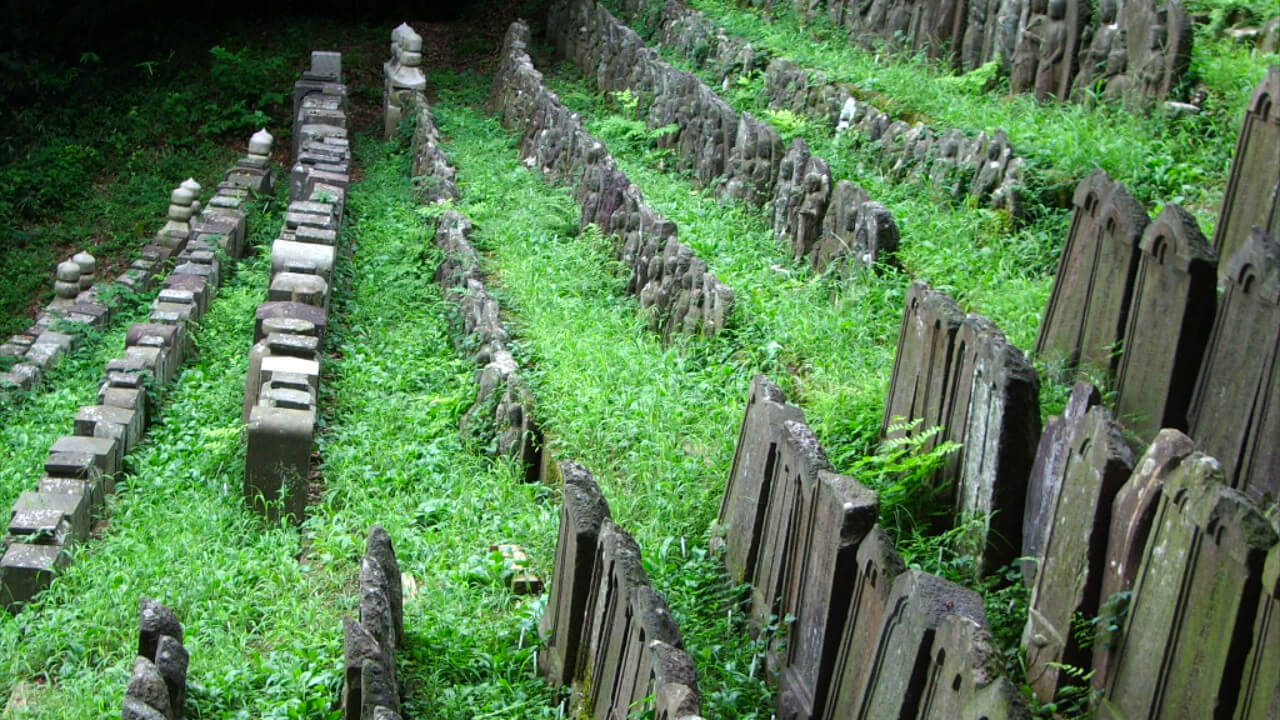
Kodokushi
A considerable amount of Japanese elders end up dying alone in their house. Sometimes it even takes a week if not months before their next of kin or neighbors discover their corpses. Kodokushi describes exactly that and translates to lonely death. Alternatively this is also called koritsushi, or isolation death and dokkyoshi (meaning “live alone death”).
Kodokushi started in the 1980s but it was 20 years later when the severity of the phenomenon really showed. It was 2000 when the media reported that there was a corpse of a 69 year old man discovered in his house. The shocking detail was that the man had passed away three years before that. He had also arranged that the bank could withdraw money for rent directly from his account. Therefore, people suspected that something was wrong only when the rent was not paid anymore. By the time the police entered the house, they only found the skeleton of the man since maggots had long eaten the flesh off.
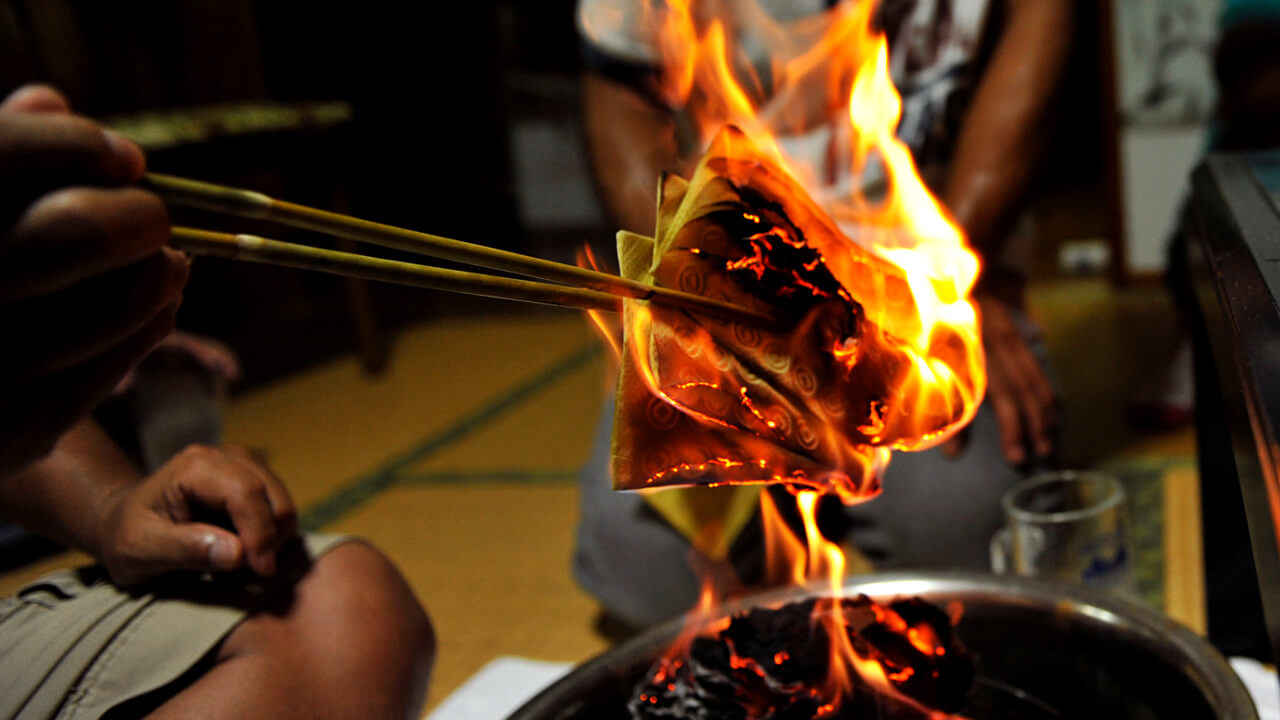
Social Isolation
Some propose that kodokushi is linked to higher levels of social isolation in modern societies. Other potential reasons include financial issues or withdrawing from social context to avoid stress. Researchers also suspect that modern Japanese norms tend to ignore death. This is in direct opposition to how Japanese funerals took place in older times. According to hundred years old customs, the family often buried their own dead. Since most Japanese would not easily discuss the topic of death that could be reflected on their funerary customs. We discuss that next!
Japanese Funerals
In 1638 a law of the Japanese government made it mandatory for every household to include a Buddhist shrine. However, many Japanese chose to erect a Shinto shrine as well in their houses. This duality is present also in modern-day Japan, and becomes very explicit when someone dies.
Shinto & Buddhist Rituals
Most death practices in Japan, both before, during and after a funeral are almost always a combination of Shinto and Buddhist rites. For instance, just after death many relatives follow the water of the last moment (matsugo-no-mizu) custom. According to this, family members have to keep the lips of the deceased moist with water.
This also applies sometimes to people expected to die soon. Another death custom that takes place immediately after death is called kamidana-fūji. When a person dies, relatives have to close the home’s shrine and wrap it with white paper. This way, the Japanese believe that impure spirits will not contaminate the shrine.
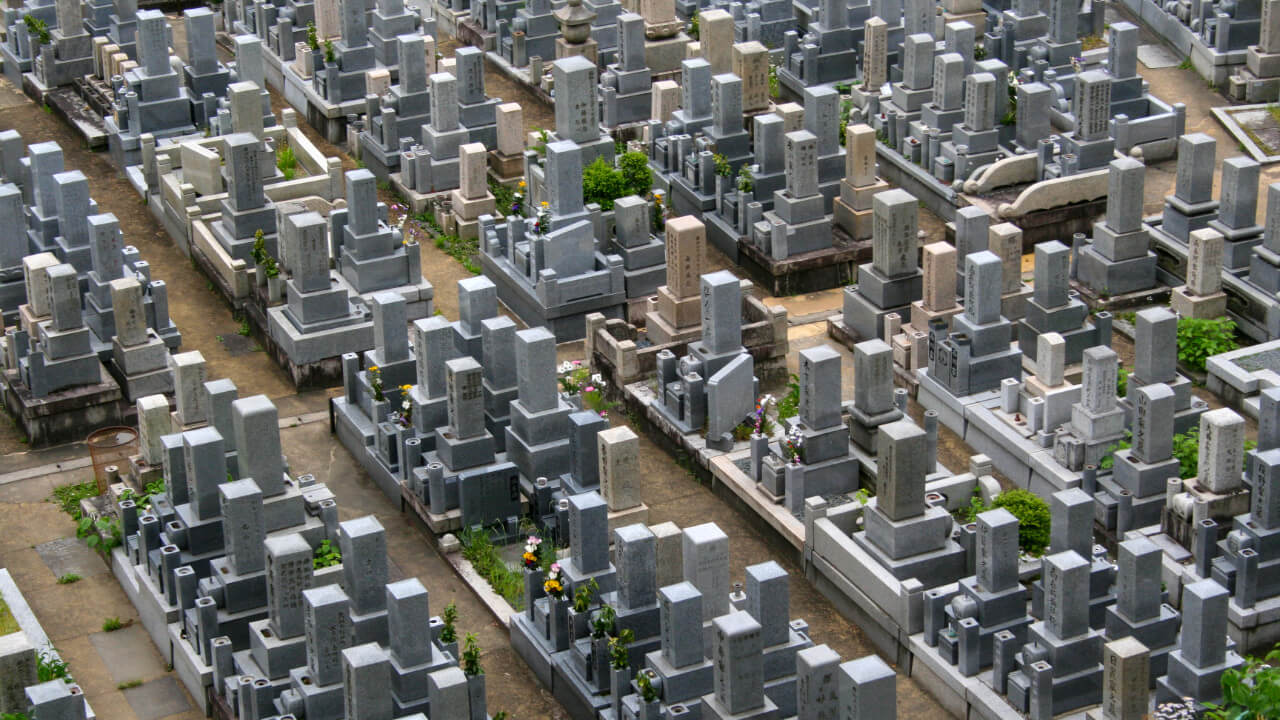
Shinto Funeral Customs
Relatives traditionally use a white kimono for a female deceased and a suit for a male one. Small offerings or favorite objects of the dead may be placed in the coffin. Furthermore, another tradition that takes place a bit after death is the koden. This refers to, so called, condolence money. In other words, people offer money to the hosting relatives of a wake or funeral.
They also put the money in special black and silver envelopes called kōdenbukuro, literally meaning packet for Buddhist incense offering. This way attendees aim to pay their respects and help the immediate family with the costs of the funeral. Moreover, the amount of money donated usually corresponds to the closeness the person had with the deceased. Therefore, condolence money could vary from 3.000 and 30.000 yen.
Koden occurs either during the wake or the actual funeral. However it is hardly the only death practice worth mentioning for these two occasions.
Tsuya – Wake
The wake is called tsuya translating literally to the passing of the night. Black is the usual color of mourning both for suits or kimonos. Most Japanese try to plan the wake as soon as possible after death. A Buddhist priest is also almost always present so he can offer prayers and chants. Attendees pay their respects one by one. Moreover, they often hold incense close to their forehead and then place it close to the corpse or a portrait of the deceased. After everyone has paid their respect, they leave. This does not apply to close relatives though who may stay up longer. During this time it is common to have beer and sake before the next day’s funeral (Kokubetsu-shikiI).
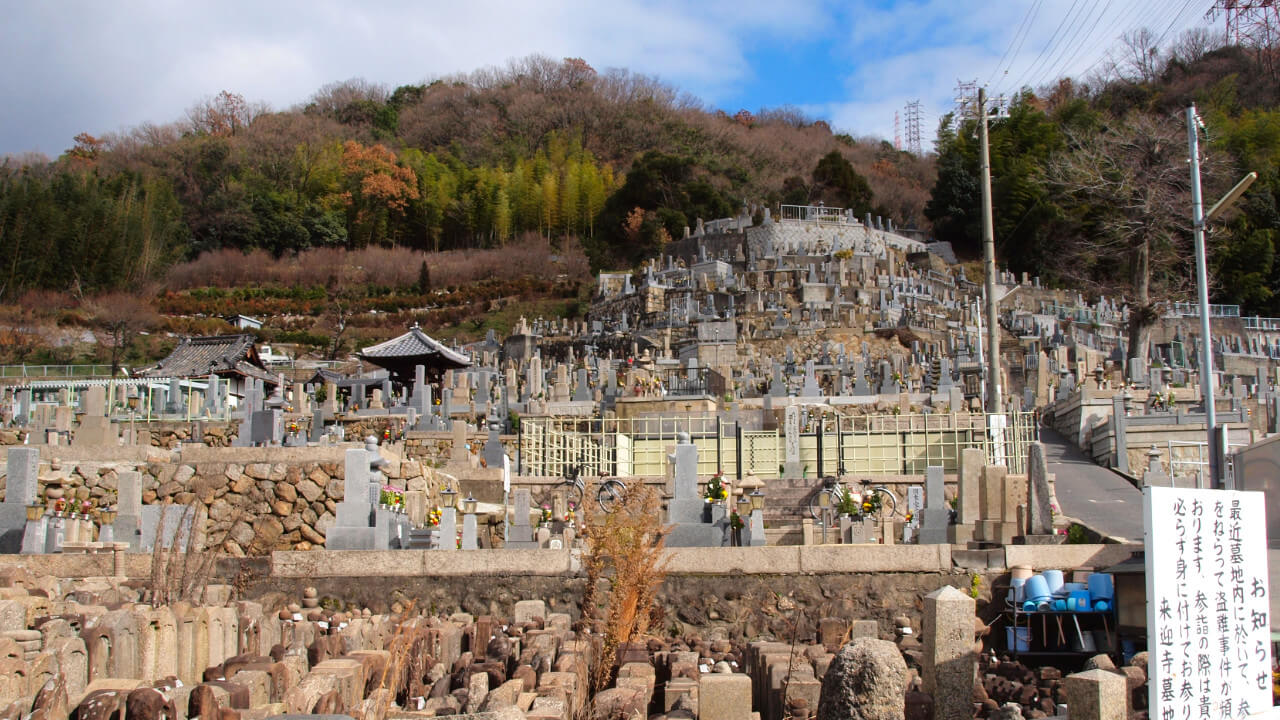
Cremation & Chopsticks
Once the body is cremated, it is not uncommon for employees of the local crematorium to talk about the bones. For example, they may explain certain infections, diseases and medicines affect the bones.
What follows is quite interesting since it involves picking up and passing on bones using chopsticks. Firstly, attendees use two different kinds of chopsticks, one made of bamboo and one of willow. This represents the connection of the world of the living and the afterlife, each material corresponding to one. Secondly, it is important that everyone joins in for this ritual of picking up the bones. Participating helps not only the spirit of the deceased but the living too. For example, some parents believe that their children may become smarter if they take part. Attendees may also take certain bones in an effort to help fight health issues.
Finally, each person gives the bones to the next one who also picks them up with their own chopsticks. It also is worth pointing out that it is a complete social taboo to touch something with your chopsticks while someone else is holding it with their chopsticks. It is only not frowned upon during these funeral customs. In any other context it would probably shock any Japanese since they would immediately link that behavior to funerals!
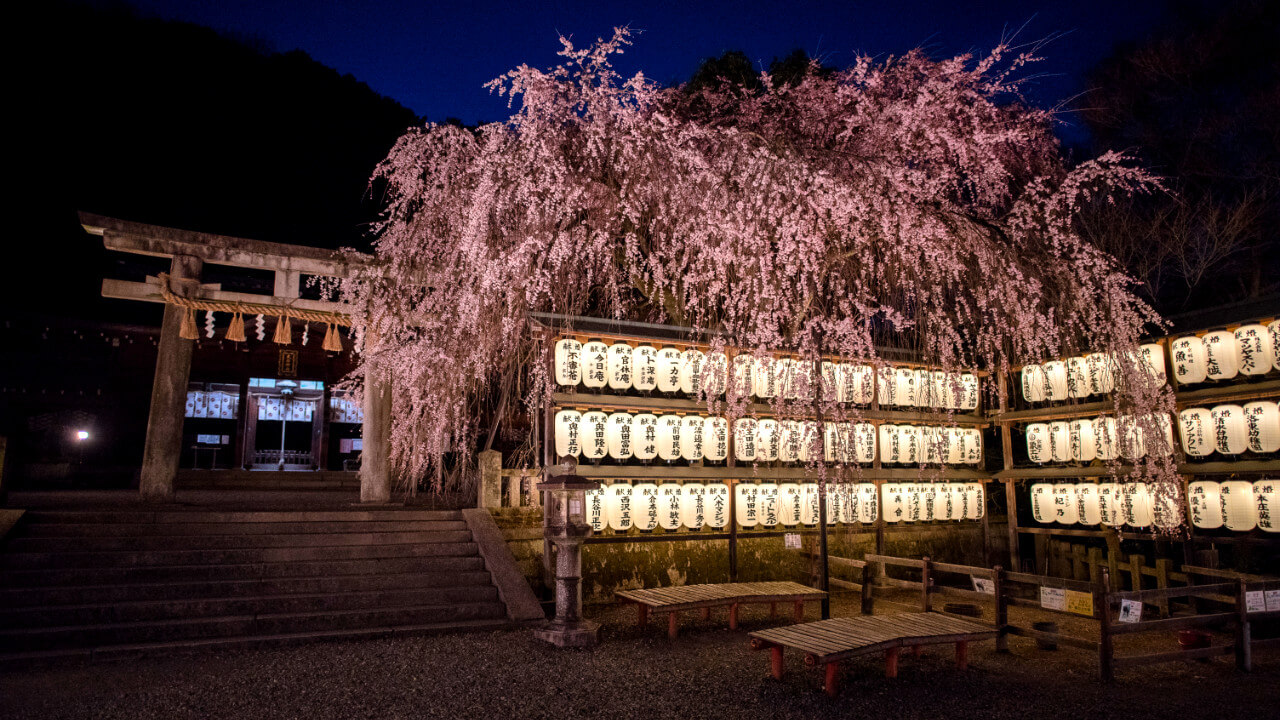
Obon – Spirit Memorial
We mentioned that Japanese funerary customs take place on specific moments after death. Although most of them occur around the funeral, there is one that could take place months after death. We are of course referring to the annual Obon Festival. Instead of a memorial on the day of death, Japanese have created a national holiday that lasts for three days in August. It is then that the Obon Festival takes place and families have the chance to honor the spirits of their ancestors again.
According to Japanese beliefs, the spirits of the deceased actually return home during these three summer days. Shrines are lighting special lamps while families build up small bonfires. This way the spirits can find their way back home. Different parts of Japan have various versions of death practices during these days. For example, some Japanese focus on cleaning the grave of their dead relatives so they can follow them home. In many regions there is also the tradition of making tiny floating boats with offerings. During the last day of the Obon Festival families light a candle on the boat and release it in the sea or a river. Although the Japanese government has outlawed this practice, the custom remains strong to this day.
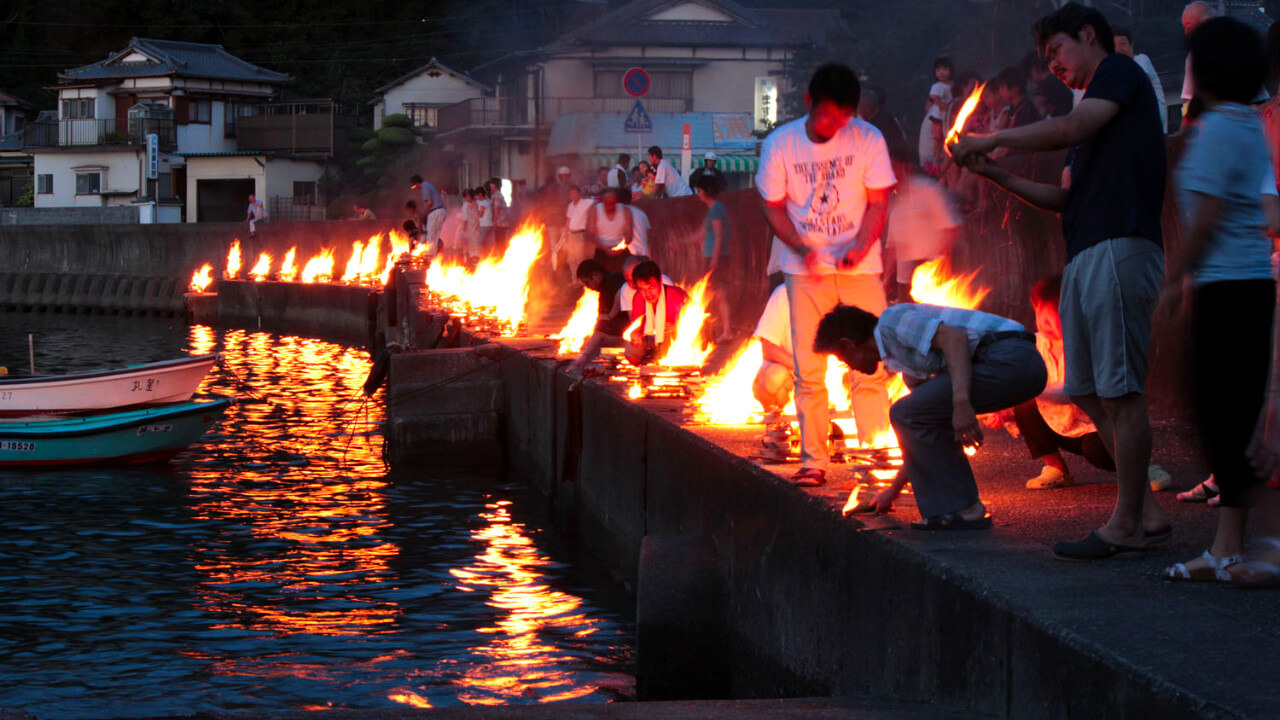
Blue Zones
A Blue Zone is a region, or sometimes even just a city, where locals tend to have a higher longevity. In other words, the local life expectancy is much higher than the national average of the same country. Furthermore, some characteristics of such Zones include, close family and community ties, moderate but everyday physical activity and the frequent consumption of legumes and/or soy.
Okinawa
We mentioned before that ikigai refers to having a purpose in life, a reason to exist. And it seems that this is a key notion for the Japanese elderly of Okinawa. On top of a diet rich in soya, Okinawa locals have pointed out the importance of religiosity in relation to their long lives. The final – but perhaps most crucial – element is the connection of ikigai to the local moais of Okinawa.
These refer to groups of social support. The word literally translates to meeting for a common purpose may that be social or spiritual. Therefore, Okinawan elders not only focus on the importance of having a purpose in late life, but also finding and pursuing that purpose through a network of social relationships.
Read more
We hope you learned something new regarding this country’s death practices!
If you want to know more neighboring Asian countries, feel free to check out our China or South Korea articles! For other countries focusing on suicides have a look at our Greenland article. Finally, if you are curious about Japanese death folklore, feel free to check out our article here!
Stats & Facts
The average mixed death rate of Japan is 11,1 per 1.000 people (2019).
Japanese wakes take place almost immediately after death. The Japanese also opt virtually completely for cremations (99,9%). However, cremation does not take place within the first 24 hours after death. Exceptions can be made though if the cause of death was an infectious disease.
Around 80% of contemporary Japanese practice Shinto rituals and customs. Interestingly, almost the same percentage follows the principles of Buddhism. The vast majority of Japanese use a personalized mixture of Shinto ancestor and spirit worship combined with Buddhist traditions. However, many Japanese deny being members of a certain religion since to them that implies following sects are cults instead of organized religion. Finally, this syncretic combination of Shinto and Buddhist approaches is often referred to as shinbutsu-shūgō.
The rate of utilized organs in Japan was 0,61 per million people (2020). That corresponds to 77 actual donated organs that doctors used for transplantations.
Life expectancy
- Aokigahara
- Blue Zone
- Bon Festival
- Cremation in Japan
- Crude Death Rate / Japan – World Bank
- Japanese Funeral
- Japanese Funerals Rites
- Japan – International Registry In Organ Donation And Transplantation
- Karoshi
- Kodokushi
- Kōkyō, M. (2000). Changes in Japanese urban funeral customs during the twentieth century. Japanese Journal of Religious Studies, 335-352.
- Moai
- Okinawa, Japan
- Religion in Japan
- Shinto
- Shinto: Periods of Mourning
- Ubasute
- Yase Dōji
- Jordy Meow, CC BY-SA 3.0, via Wikimedia Commons
- Paul Vlaar, CC BY-SA 3.0, via Wikimedia Commons
- Basile Morin, CC BY-SA 4.0, via Wikimedia Commons
- Agustin Rafael Reyes, CC BY 2.0, via Wikimedia Commons
- Adam Jones, CC BY-SA 2.0, via Wikimedia Commons
- HawkeyeUK, CC BY-SA 2.0, via Wikimedia Commons
- Kevin Jones, CC BY 2.0, via Wikimedia Commons
- Big Ben in Japan, CC BY-SA 2.0, via Wikimedia Commons
- Ajari from Japan, CC BY 2.0, via Wikimedia Commons
- Waka moana, CC BY-SA 4.0, via Wikimedia Commons
- Nacho Anazawa, Public domain, via Wikimedia Commons
- Michael Day, CC BY 2.0, via Wikimedia Commons
- Kansai explorer, CC BY 3.0, via Wikimedia Commons
- Patrick Vierthaler, CC BY 2.0, via Flickr
- Batholith, Public domain, via Wikimedia Commons
- Laruse Junior, CC BY 2.0, via Flickr
- 100yen, CC BY-SA 3.0, via Wikimedia Commons
- Alexander Synaptic, CC BY-SA 2.0, via Wikimedia Commons
- OKJaguar, CC BY-SA 4.0, via Wikimedia Commons

